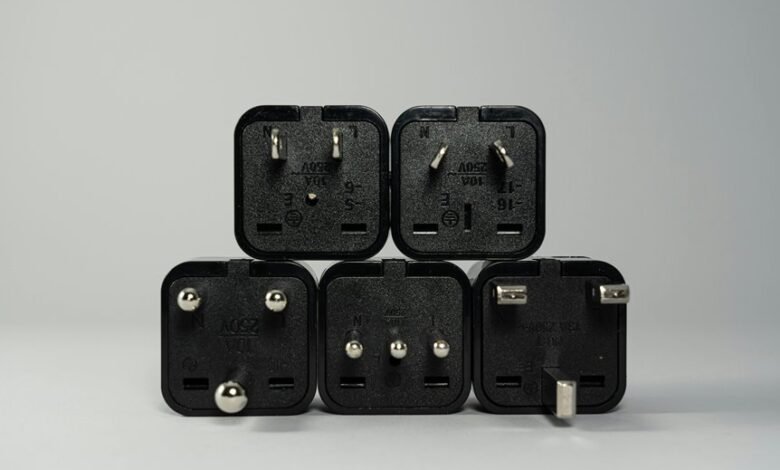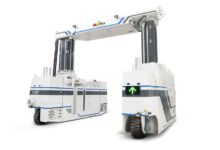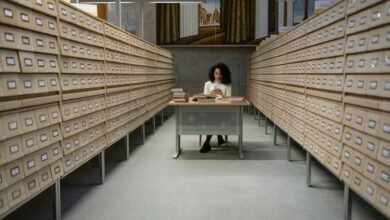Mutf_In: Moti_Oswa_Nift_84kt56

Moti_Oswa_Nift_84kt56 signifies a pivotal advancement in the NFT space, merging art with blockchain technology. This framework offers artists enhanced control over their work and creates new avenues for monetization. It fosters a community that values collaboration and originality. As this ecosystem evolves, questions arise regarding its long-term impact on the relationship between creators and collectors, prompting further exploration into its implications for the future of digital art.
Understanding Moti_Oswa_Nift_84kt56: A New Digital Frontier
As the digital landscape continues to evolve, Moti_Oswa_Nift_84kt56 emerges as a significant innovation within the realm of non-fungible tokens (NFTs).
This platform redefines digital ownership by enabling creators to monetize their work in novel ways.
The Intersection of Art and Blockchain Technology
While the emergence of blockchain technology has significantly transformed various industries, its impact on the art world is particularly profound.
This innovation fosters digital ownership, allowing artists to assert control over their work. Additionally, blockchain ensures creative authenticity through immutable records, enhancing trust between creators and collectors.
Ultimately, this intersection enables a new paradigm that values originality and transparency in artistic endeavors.
Community Engagement and Collaborative Creation
Community engagement and collaborative creation have emerged as vital components in the contemporary art landscape, where artists increasingly seek to involve audiences in the creative process.
This shift emphasizes community involvement, fostering collective creativity that transcends traditional boundaries. By inviting participants to contribute ideas and perspectives, artists cultivate a dynamic dialogue, enhancing the richness of artistic expression and empowering individuals to shape the cultural narrative.
Future Implications for Artists and Collectors
The evolving landscape of art invites significant implications for both artists and collectors, particularly as collaborative practices gain prominence.
Digital ownership enables artists to maintain control over their works, reshaping traditional creative copyright.
Collectors, in turn, find new avenues for investment and engagement, challenging existing paradigms.
This shift fosters a dynamic ecosystem where innovation and creativity thrive, enhancing the value of artistic contributions.
Conclusion
In a world where digital ownership was once deemed elusive, Moti_Oswa_Nift_84kt56 paradoxically bridges the gap, offering artists unprecedented control over their work. Ironically, while technology purportedly distances us, it has fostered a thriving community that cherishes originality and collaboration. As artists and collectors navigate this new frontier, one must ponder: in an age of infinite replication, can true authenticity truly flourish, or is it merely another layer in the complex artifice of the digital realm?







